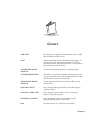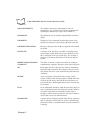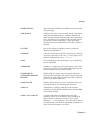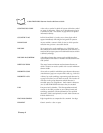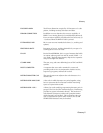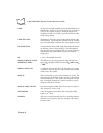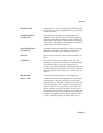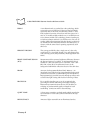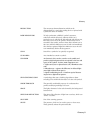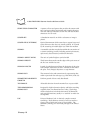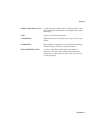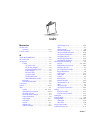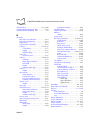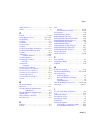
Glossary-8
P 300 STD/FZY/PRO Scanner Product Reference Guide
PDF417 A two-dimensional, or stacked, bar code symbology which
can encode over one kilobyte of data per label and which
represents data in the form of codewords (values 0 - 928).
Each codeword consists of four bars and four spaces, for a
total of 17 module widths; modules vary in width from one
to six element widths. The symbology permits encoding up
to 30 data columns and from 3 to 90 data rows. For ease of
reading while still maintaining high data density, codewords
are encoded in three mutually-exclusive encodation sets, or
clusters, with the same cluster repeating sequentially each
third row.
PERCENT DECODE The average probability that a single scan of a bar code
would result in a successful decode. In a well-designed bar
code scanning system, that probability should approach near
100%.
PRINT CONTRAST SIGNAL
(PCS)
Measurement of the contrast (brightness difference) between
the bars and spaces of a symbol. A minimum PCS value is
needed for a bar code symbol to be scannable. PCS = (RL -
RD) / RL, where RL is the reflectance factor of the
background and RD the reflectance factor of the dark bars.
PROM Acronym for Programmable Read Only Memory. An
integrated circuit which can be programmed through special
processes and accessed at random during normal operation.
Reprogramming is possible, but only through processes such
as ultraviolet light erasing and electrical rewriting of data.
PROTOCOL For a specific signaling type, a set of recognized rules
governing the format and timing of message exchange.
Between data communications devices, this includes an
exchange of predetermined signals arranged for both
establishing connection and for disconnecting.
QUIET ZONE A clear space, containing no dark marks, which precedes the
start character of a bar code symbol and follows the stop
character.
REFLECTANCE Amount of light returned from an illuminated surface.




